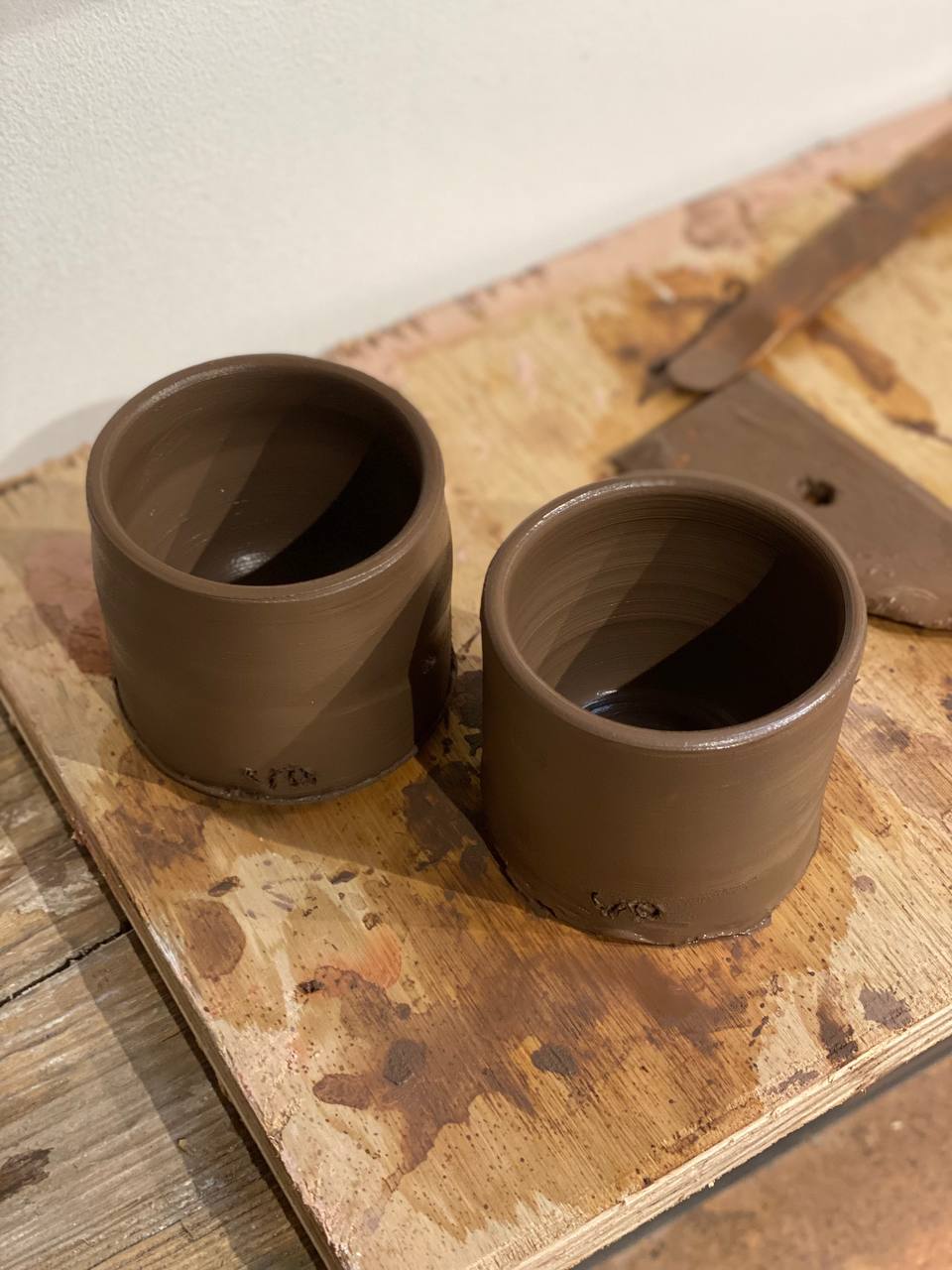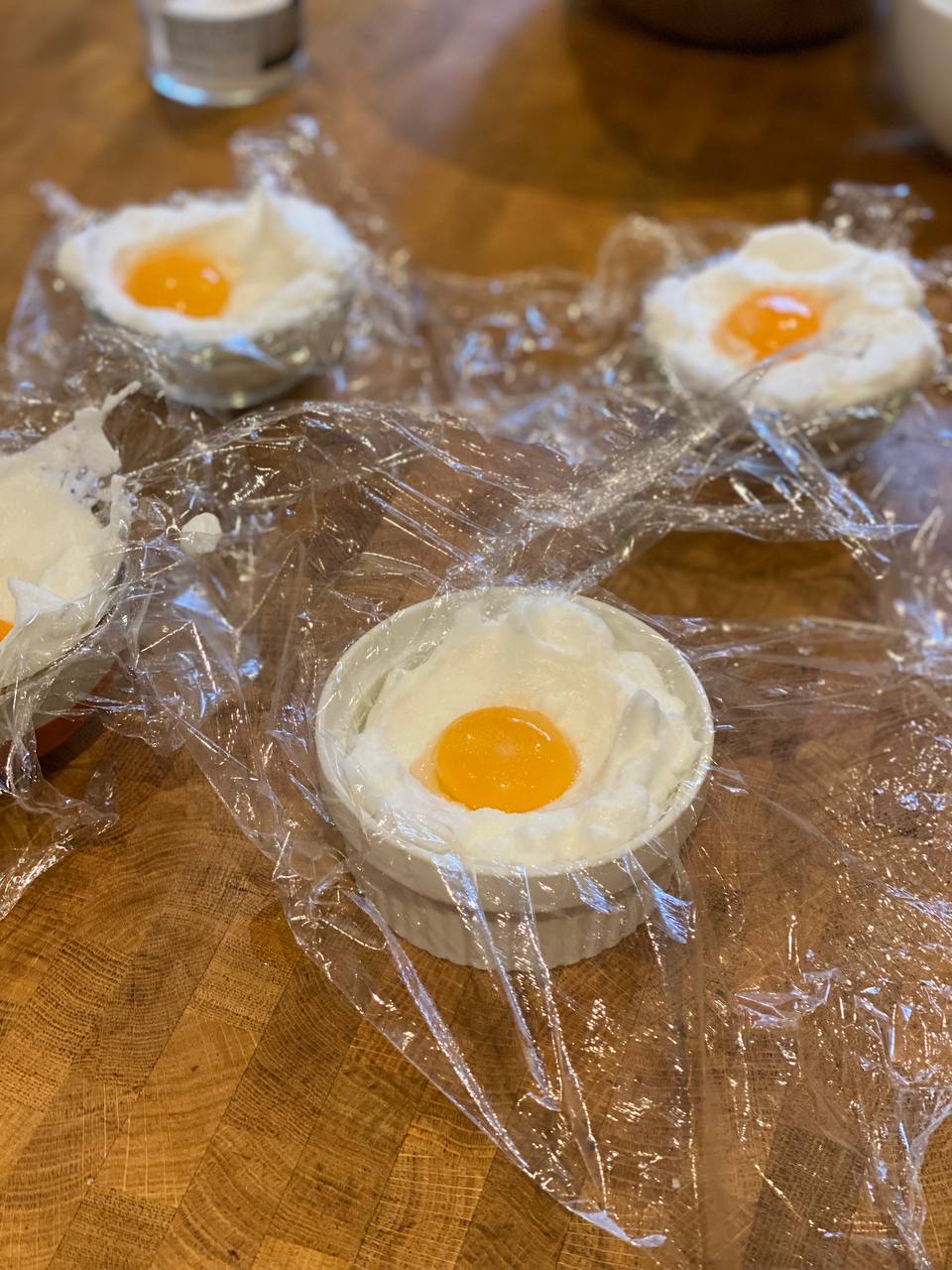|
I also made a batch of smoky strawberry Old Fashioned, but didn't have a chance to snap a picture as it is too sweet to my liking, so probably next time I will have a more balanced version.
Things I enjoyed reading
A very true observation that we pay for things first with money, and then with either time, or efforts, or both.
But no matter how many cool things you acquire, you don’t gain any more time or energy with which to pay their second prices—to use the gym membership, to read the unabridged classics, to make the ukulele sound good—and so their rewards remain unredeemed.
I believe this is one reason our modern lifestyles can feel a little self-defeating sometimes. In our search for fulfillment, we keep paying first prices, creating a correspondingly enormous debt of unpaid second prices. Yet the rewards of any purchase – the reason we buy it at all — stay locked up until both prices are paid.
So buying a cheap book doesn't mean that reading it would be cheap or simple. Not reading it at all would also mean throwing money away.
For me it also applies to buying cheap things and then wasting time and energy on making them work as expected, so maybe there is something budgeting apps could analyze better.
A very touching story about one's life of growing up in the Internet. Judging by the majority of people I know, a very common one too, although I might be biased.
This is part of the story of how the internet changed my life for the better. I’m an early millennial and I was raised online. Through the internet, I found friends, support, and the human connection that I was lacking in real life. I also found valuable information that helped me help myself and sometimst.es help others. The key with information is always to effectively filter the good from the bad, which is a genuine life skill unto itself. My life today isn’t perfect, but it’s better than it’s ever been.
This is also something I feel like the older generation didn't understand straight away. To them the Internet was first a far away concept, then an odd game, and then an unknown danger. Somehow they never considered it to be a medium of human interaction.
I barely remember how I used to use hot water bottles in my childhood, although I do remember how they used to look like. I had one bear-shaped (yes, because this is Russia) which had some crystals inside, supposedly meant to aid its heating, and when it became too small for me I'd occasionally use a bigger one shaped as a rectangle.
Still think it's a great thing to have:
Nevertheless, when I sent two dozen hot water bottles to friends and family as a Christmas present, the reactions were almost unanimously enthusiastic. People show themselves very much surprised that such a humble object can provide so much comfort. Because I don’t have the time nor the budget to send hot water bottles to everyone, I have written this article. It’s largely based on my personal experience – I have been using hot water bottles for many years and they are the only heat source in my apartment.
Although using them as a complete heating replacement might be a stretch.
On one hand, this article reads like an entertaining story about entrepreneurship and market economics.
Once the dogs are partnered, he has to keep the leashes from tangling.
“You have to put the dogs in a certain order,” he says. “The troublemakers stay close, and the shy ones get a bit more slack. You also have to factor in things like poop frequency, age, and timidity.”
However I can't stop thinking that it also perfectly describes a role of a team lead or an engineering manager in an IT company.
A very detailed guide from folks living off the grid – on a relatively small boat while travelling from country to country.
Dry food will keep for a long, long time on ocean passages. We keep a variety of dried grains, but also dried vegetables since we don't have refrigeration. Dried veg keep well in air-tight containers, their nutrients are preserved, and add variety to dishes. We add dry vegetables to boiling pasta to re-hydrate them. Dry mushrooms like shiitake, and kombu(algae) are a great base for broth. Our favorite dry foods are nori, kombu, dried tomatoes, raisins, dates, TVP(textured vegetable protein), shitake, dry tofu, rice cakes, radish etc.
Growing up I loved books by Jules Verne and stories about Robinson Crusoe, and this post reminds me why. I would definitely not do it myself for so long though: a mere thought of living without a refrigerator gives me shivers.
The title might be a bit misleading, but that's why you have me and hand-picked quotes:
And then the message hit me. When we operate at a fraction, we compromise the output.
Most of us go through life operating at a fraction in everything we do. We check email during Zoom meetings. We shove a sandwich into our mouth with one hand while scrolling through our phone with the other. When we work, we think about play. When we play, we think about work. We exist in this in-between state—we’re neither fully here nor there—constantly operating at a 0.2 or a 0.8 instead of a full 1.
I wouldn't really blame checking email during Zoom meetings – most of these meetings could've been emails instead anyway, but I do agree that trying to do a fraction of everything very rarely leads to great results.
While bloodiness of many fairy stories is probably not a surprise for most, the article is a good summary of most noticeable writers who contributed to their transformation into children books:
The terrifying end of the Grimms’ the Goose Girl, with the false queen laying out the terms of her own sadistic punishment, and that of the Snow Queen with the splinter of ice melted and the children grown up and returned home, are such worlds apart from each other that you wonder what, in the end, Andersen was doing. The explanation may lie in his difficult personality, which exasperated many. After he stayed too long with Dickens in the summer of 1857, a notice was placed in the spare bedroom reading: ‘Hans Christian Andersen slept in this room for five weeks — which seemed to the family AGES!’ A more balanced personality could never have created the moments of extremity where not just Andersen’s tales, but folk tales in general, live.
It's been a while since I actually read any of those, but the Steadfast Tin Soldier was one of the saddest stories I watched on a filmstrip in my childhood. I still remember the slides (and they still feel sad).
This journal on trying out the float tank therapy got me googling the nearby float centre.
Float tank therapy simultaneously allows one to become more aware of one’s body while also feeling more detached from it. If this feels like a paradox, that’s partially because, like many experiences that might be described as “spiritual,” it’s difficult to understand it fully unless you’ve felt it for yourself. Like meditation, Floatation-REST likely trains the practice of mindfulness, or nonjudgmental awareness of the present moment. Both practices may enhance awareness of the body while also altering or weakening one’s sense of self and, thus, one’s sense of bodily ownership. Yet unlike meditation, which typically involves explicit instructions and many hours of practice, Floatation-REST might work quickly with minimal instructions. Just float in the darkness and let the rest happen naturally.
I love quite surroundings and darkness, so just floating in the dark for a few hours sounds like a nice way to spend some time. The out-of-body experience might be a pleasant bonus.
The magic behind Anki and memory cards, but explained in way more details:
Memories are not located in any one part of the brain. Memories are formed in a process which involves the entire brain. If you think about your favorite book, different parts of your brain will have encoded the look of it, the storyline, the emotions it made you feel, the smell of the pages, and so on. Memories are constructed from disparate components which create a logical whole. As you think about that book, a web of neural patterns pieces together a previously encoded image. Our brains are not like computers – we can’t just ‘tell’ ourselves to remember something.
I never had enough patients to actually stick to the repetitions cadence, so for me it didn't work much. Especially at the university, where most things we had to memorise wouldn't fit on a card.
Maybe it's time to revive the method for learning Italian?
Recently I referenced an attempt to find the longest train journey in the world, but this one is different: it's just the longest journey, but in London instead and sticking to public transport.
That suggests that my instincts that Harefield and south eastern Bromley were the farthest flung had been correct. But it also showed there was one I’d missed, which seems to be the hardest to reach of all: Coldharbour Point, a forgotten spot in Rainham Marshes two miles or more from not just the nearest station but from any road that might see a bus. Even journeying from there to Romford, the commercial centre of the same borough, will take the better part of two hours: so logically, the journey from Coldharbour to the point that takes longest to reach must be the longest journey of all.
I am slightly sad that the final result doesn't utilise a bunch of weird bus routes but I guess that happens too.
Things I didn't know last Tuesday
Iceland is known for different bread-based dishes, but cooking the bread itself in springs is quite cool on its own:
Traditionally known as hverabrauð, the bread is the sumptuous result that comes from baking dough underground in the heat of local geothermal springs for 24 hours. After pulling the loaf from the pot, we sliced it, smeared the pieces in locally-made butter, and topped them off with pieces of smoked trout that came straight from the lake. I took a bite of my first slice and marveled at its subtle sweetness. It had a soft, but dense and cakey texture that quickly had me going back for seconds.
Kudos to the author for making me hungry in the middle of the night.
As you can guess by the name, I came across the word while looking up horror movies to watch.
A skeleton key (also known in North America as a passkey) is a type of master key in which the serrated edge has been removed in such a way that it can open numerous locks, most commonly the warded lock. The term derives from the fact that the key has been reduced to its essential parts.
The skeleton key is on the right and is meant to replace the two keys on the left:
| 






:max_bytes(150000):strip_icc()/__opt__aboutcom__coeus__resources__content_migration__serious_eats__seriouseats.com__2019__08__20190828-st-louis-bagel-recipes-vicky-wasik1-croque-monsieur2-1500x1125-80e955338a7e4e31806b117cf6b19334.jpg)
